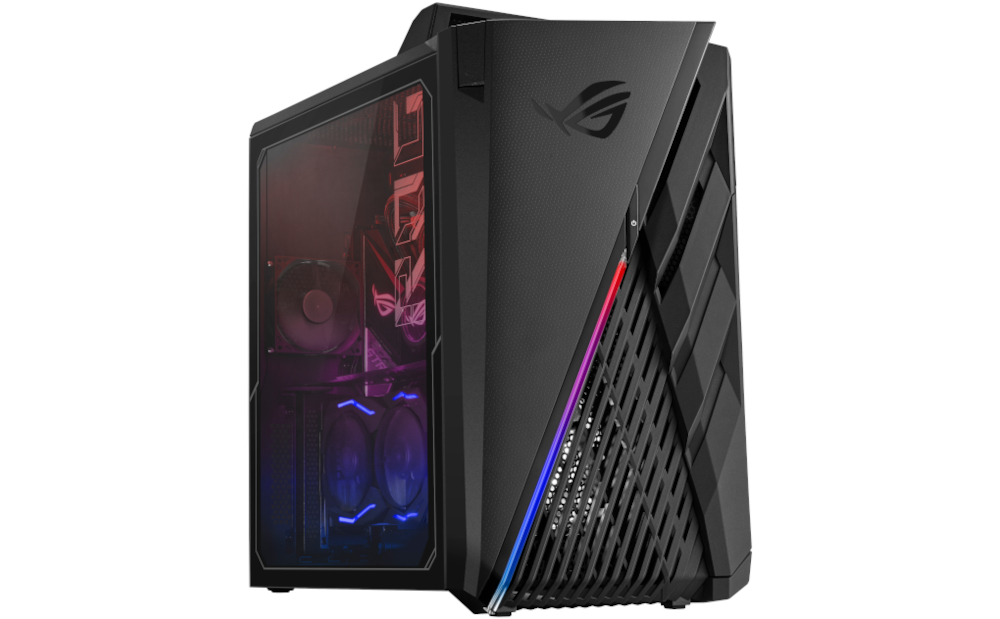ASUS has launched two new gaming ROG Strix desktops – ROG Strix GA35 and ROG Strix GT35 in India. Asus ROG Strix GA35 starts at Rs 2,54,990 while Asus ROG Strix GT35 gaming desktop comes with a starting price of Rs 2,34,990.
The ROG Strix GA35 and ROG Strix GT35 are available for purchase on Amazon, Flipkart and ASUS channel stores across India. Packed with the powerful NVIDIA GeForce RTX 3080 graphics card, the gaming desktops come with Windows 10 Home pre-installed and RGB lighting.
ASUS ROG desktops ensure an ultimate gaming experience for the passionate, competitive, and cross-platform gamers. Both ROG Strix GA35 and ROG Strix GT35 are engineered to sustain smooth gameplay under serious pressure and offer the flexibility to do everything and managing heavy multitasking. ROG’s versatile Strix gaming desktops offer high-end performance with a cooling-focused, multi-chambered chassis design and liquid cooling system.
ROG Strix GA35
ROG Strix GA35 comes equipped with the powerful NVIDIA GeForce RTX 3080 graphics card, supporting up to a 16-core AMD Ryzen9 3950X CPU for demanding workloads including content creation, streaming, video editing, 3D rendering and heavy multitasking. ROG Strix GA35 is reinforced by an easy-carry design with an integrated handle and Keystone II technology for easy profile switching at competitions and LANs.
The dynamic Wind Shear chassis is subtly shaped to enhance airflow while keeping noise levels under 40dB for quieter gameplay and work. It has up to 32GB of DDR4 RAM clocked at 3,200MHz.
ROG Strix GT35
ROG Strix GT35 is powered with the 10-core Intel Core i9 CPU that accelerates content creation and can even be overclocked with an AI-enhanced system. The desktop offers smooth fast-paced gameplay with up to a GeForce RTX 3080 graphics card. The gaming desktop is geared with the sights of OVERWATCH in FHD Epic visuals at up to 300 FPS and advantage of a 143 FPS gameplay.
ROG Strix GT35 is designed with a unique, multi-zone chassis that keeps the CPU, graphics card, and power supply in separate bays to minimize thermal interference and lower ambient temperatures, to push Processor clocks and frequencies higher for better overall performance.


